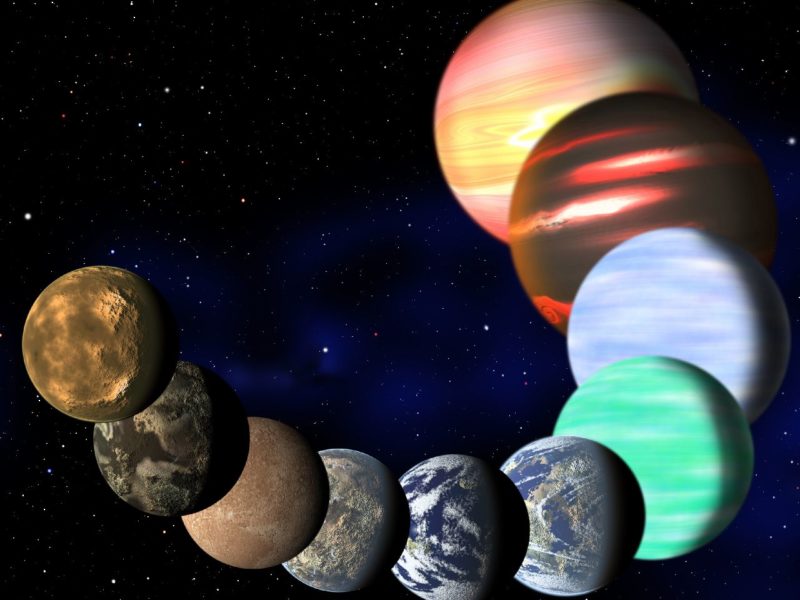British scientists announced a system to protect GPS technology from solar storms. Bursts in solar energy can endanger GPS satellites, required for a variety of devices. Researchers will use data from satellite and ground measurements of the Earth’s magnetic field to forecast changes in radiation. These forecasts may allow satellites enough time to move out of harm’s way or power down, saving valuable components.
UC San Diego Moores Cancer Center researchers are treating patients with recurring brain tumors with a viral vector known as Toca 511. The treatment may provide a way to treat patients without damaging neurocircuitry. Toca 511 selectively delivers a gene to cancerous cells. The patient is then given an extended release tablet that targets the gene destroying the cancerous cell.
Italian scientists have completed the genome sequencing of “Ötzi,” Italy’s prehistoric iceman. German climbers found Ötzi in 1991 partially buried in a glacier. According to researchers, his genetic profile indicates a predisposition to lactose intolerance, cardiovascular disease, and brown eyes. The study shows that genetics may have a larger role than previously thought in terms of diseases traditionally associated with obesity and smoking.
Los Alamos National Labaratory Scientists announced the discovery of O2+ ions in the uppermost atmosphere of Saturn’s moon Dione. The concentration of oxygen in Dione’s upper atmosphere is roughly the same as Earth’s atmosphere 300 miles above the surface. Researcher Robert Tokar said, “It’s not enough to sustain life, but…these are definitive examples of a process by which a lot of oxygen can be produced in icy celestial bodies that are bombarded by charged particles or photons from the Sun or whatever light source happens to be nearby.” One possibility is that the oxygen may combine with carbon in subsurface lakes to create the building blocks of life.


'Scientific discoveries this week: 3-5-12' has no comments
Be the first to comment this post!